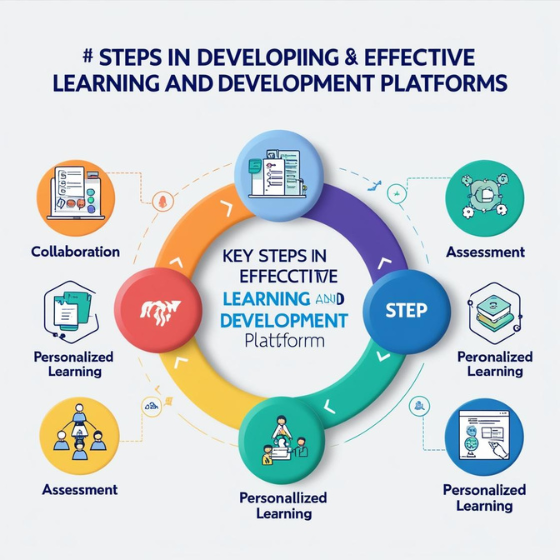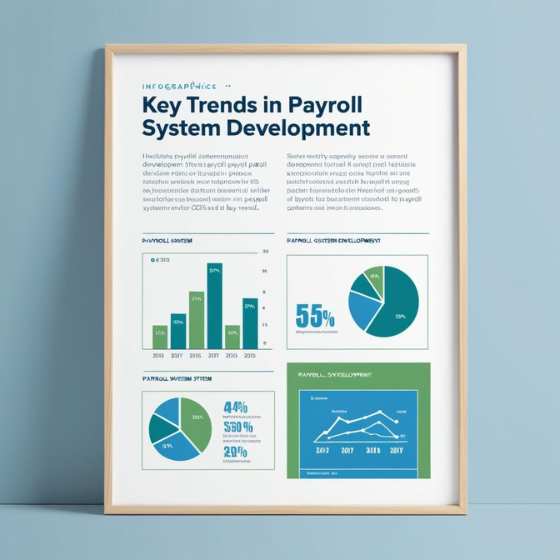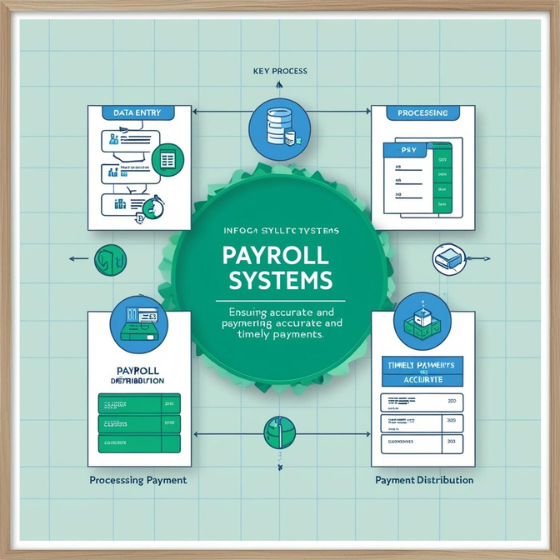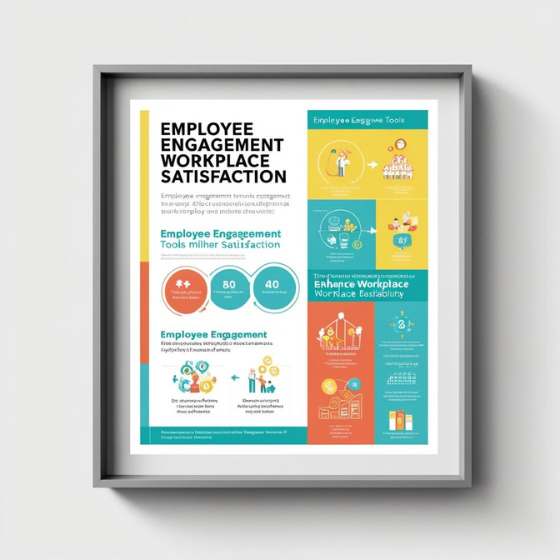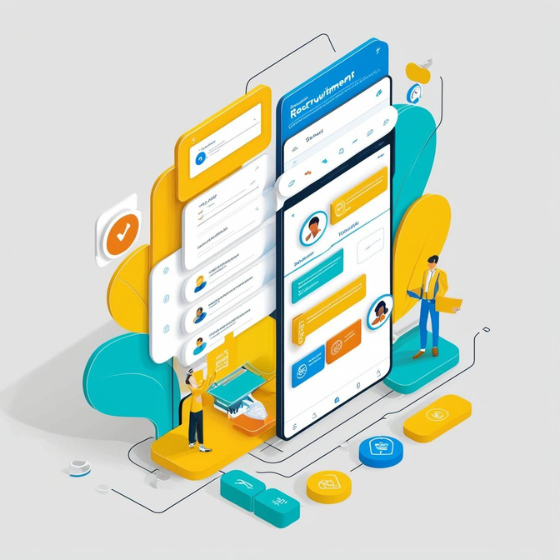Best Practices for Developing Employee Engagement Tools
Employee engagement tools are essential for fostering a positive workplace culture, improving productivity, and retaining top talent. However, creating effective engagement tools requires a thoughtful approach that aligns with employees’ needs and business goals. By following best practices in development, organizations can design solutions that truly make a difference.
In this blog, we’ll explore the best practices for developing employee engagement tools, covering everything from user-centered design to performance analytics, ensuring your tools maximize workplace satisfaction and impact.
Why Employee Engagement Tools Matter
Employee engagement tools help businesses:
- Improve communication and collaboration.
- Boost morale and workplace satisfaction.
- Reduce employee turnover.
- Drive higher productivity and innovation.
However, a poorly designed tool can have the opposite effect—confusing users, adding to workloads, and failing to deliver value. That’s why it’s essential to follow these best practices for developing employee engagement tools that are both effective and user-friendly.
Best Practices for Developing Employee Engagement Tools
1. Understand Employee Needs
The foundation of a successful employee engagement tool is understanding the needs of your workforce.
How to Identify Needs:
- Conduct Surveys: Gather feedback on current engagement pain points.
- Host Focus Groups: Allow employees to share their ideas and concerns.
- Analyze Existing Data: Review metrics like turnover rates, absenteeism, and satisfaction scores.
Key Takeaway:
Develop tools that address real employee challenges, ensuring they provide tangible value and improve their day-to-day work experience.
2. Focus on User-Centered Design
A tool that’s difficult to use will not engage employees—it will frustrate them.
Design Principles to Follow:
- Simplicity: Ensure the interface is clean and easy to navigate.
- Mobile Accessibility: Optimize the tool for use on smartphones and tablets.
- Customization: Allow employees to personalize their experience, such as setting notification preferences or selecting themes.
Key Takeaway:
Put employees at the center of the design process, testing the tool with real users before deployment to ensure it meets their expectations.
3. Integrate with Existing Systems
Employee engagement tools should seamlessly integrate with other workplace systems to avoid duplication of effort and confusion.
Examples of Integration:
- HR Management Systems (HRMS): Sync with payroll, benefits, and time-off requests.
- Collaboration Platforms: Work with tools like Slack or Microsoft Teams for easy communication.
- Performance Management Software: Link with tools for setting and tracking goals.
Key Takeaway:
Ensure smooth integration to provide employees with a unified experience, eliminating the need to switch between multiple platforms.
4. Incorporate Real-Time Feedback Mechanisms
Feedback is a cornerstone of engagement. Providing real-time options for employees to share their opinions ensures they feel heard.
How to Incorporate Feedback:
- Pulse Surveys: Conduct short, regular surveys to gauge employee sentiment.
- Anonymous Channels: Allow employees to submit feedback without fear of repercussions.
- Actionable Insights: Use feedback to make meaningful changes, demonstrating that employee input matters.
Key Takeaway:
A feedback loop enhances employee trust and involvement, making them feel like valued contributors to organizational success.
5. Leverage Gamification for Motivation
Gamification adds an element of fun and excitement to employee engagement.
Gamification Features to Include:
- Rewards and Points: Recognize achievements with badges, points, or virtual rewards.
- Leaderboards: Foster friendly competition among teams or individuals.
- Challenges: Encourage participation through interactive challenges, such as wellness or training initiatives.
Key Takeaway:
Gamification boosts motivation, creating a sense of accomplishment and encouraging consistent use of the tool.
6. Prioritize Data Security and Compliance
Protecting sensitive employee information is critical when developing engagement tools.
Security Best Practices:
- Data Encryption: Secure employee data during storage and transmission.
- Access Control: Limit access to sensitive information based on roles.
- Compliance: Ensure the tool adheres to regulations like GDPR or HIPAA.
Key Takeaway:
Build trust by prioritizing security and maintaining transparency about how employee data is used.
7. Use Analytics to Measure Effectiveness
The success of any engagement tool depends on its ability to deliver measurable results.
Analytics to Track:
- Adoption Rates: Measure how many employees are actively using the tool.
- Engagement Scores: Analyze feedback to gauge satisfaction and sentiment.
- Performance Metrics: Track improvements in productivity, retention, and collaboration.
Key Takeaway:
Use data to identify areas for improvement and ensure the tool evolves with your workforce’s needs.
8. Provide Ongoing Support and Updates
Engagement tools are not one-time investments—they require continuous improvement to remain effective.
How to Maintain Engagement Tools:
- Regular Updates: Add new features based on employee feedback and changing workplace trends.
- Training Sessions: Educate employees on how to maximize the tool’s potential.
- Customer Support: Offer help desks or chat support for troubleshooting.
Key Takeaway:
Keep your tools relevant and functional by investing in maintenance and listening to user feedback.
Technologies Driving Employee Engagement Tools
1. Artificial Intelligence (AI):
AI personalizes the employee experience, offering tailored recommendations and automating repetitive tasks.
2. Cloud Computing:
Cloud-based tools allow employees to access engagement platforms from anywhere, promoting flexibility and inclusivity.
3. Mobile Apps:
Mobile accessibility ensures employees stay connected, even when working remotely or on the go.
Why Choose Sodio for Developing Employee Engagement Tools?
At Sodio, we specialize in developing custom employee engagement tools that align with your organization’s goals and values.
What We Offer:
- Tailored Solutions: We design tools that address your specific challenges.
- Innovative Technologies: From AI to gamification, we integrate cutting-edge features to enhance engagement.
- Scalability and Security: Our tools grow with your team while maintaining robust data protection.
Ready to Transform Your Workplace?
Contact Sodio to learn how we can help you create tools that foster a happier, more productive workforce.
Conclusion: Empower Your Workforce with Engaging Tools
Developing employee engagement tools requires careful planning, innovative technology, and a commitment to employee satisfaction. By following these best practices, businesses can create tools that not only drive engagement but also transform workplace culture.
Whether you’re starting from scratch or looking to enhance your existing solutions, the right approach can make all the difference. Let Sodio help you design and implement tools that empower your employees and elevate your organization. Get in touch today to start your journey toward a more engaged workforce.

